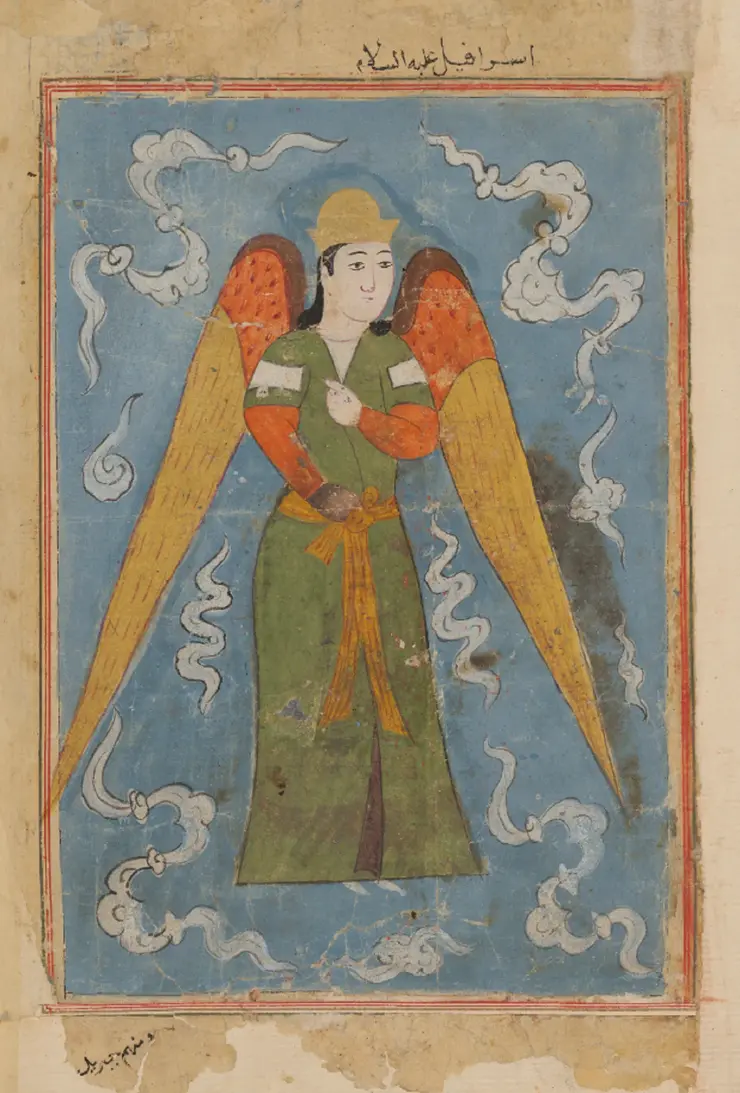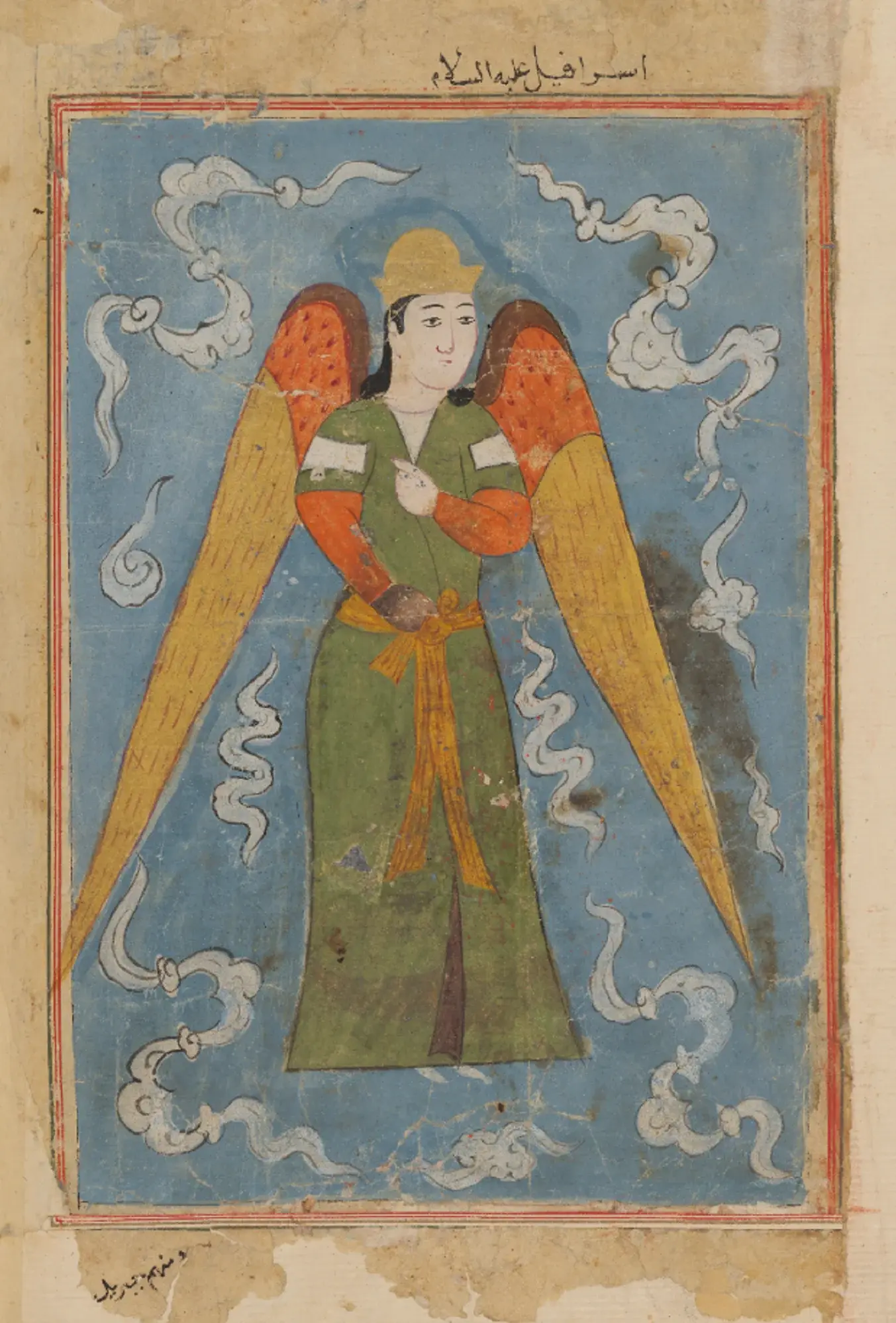Content, scope and history of the collection
In addition to the Arabic, Persian and Turkish manuscripts, the Gotha Research Library preserves around 90 manuscripts in other oriental languages. Among these are texts in Sanskrit, Syriac, Mongolian, Samaritan, Armenian, Bengali, Hebrew and Hindi. One language is often represented by only a single volume. The collection also includes at least eight Ethiopian, ten Hebrew and thirteen Javanese manuscripts as well as eleven volumes written in Sanskrit. Several Ethiopian manuscripts were originally owned by the scholars Job Ludolf (1624–1704) and Johann Ernst Gerhard (1621–1668).
This assembly of testimonies to various manuscript cultures entered the collection by way of purchases or donations, and it did so certainly before 1893, the year when the catalogue which mentions them was printed. Wilhelm Pertsch created it by order of Duke Ernest II of Saxe-Coburg-Gotha and with the help of other experts.
The manuscripts are characterised by numerous special features. These include special formats such as the Ethiopian parchment or Hebrew Pentateuch scroll. Special writing media such as palm leaves have been used. Some manuscripts are ornamented with remarkable decorations, for example the two Chinese manuscripts, which are rich in images. Other interesting facets concern palaeography and content. Chart. B 141, for example, contains German Christian Catholic prayers and was written in Hebrew cursive. The manuscript was either intended for the conversion of Jews in 1560 or it was written by a Jew who had been baptised himself.
Research and use
Database of oriental manuscripts of the Gotha Research Library
Other catalogues and research tools
Use
Oriental manuscripts can be consulted in the special reading room by appointment.
Digitalisation orders: order form for download




